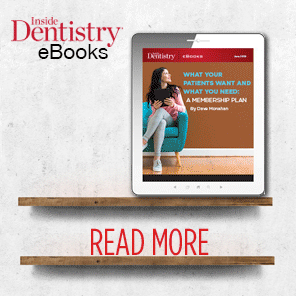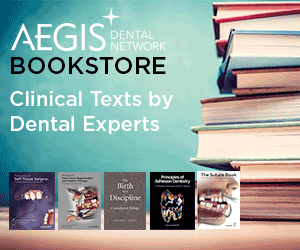A preliminary study finds that receipt of the tetanus toxoid, reduced diphtheria toxoid, and acellular pertussis (Tdap) vaccine in the third trimester of pregnancy did not increase the risk of adverse events for the mother or infant, according to a study in the May 7 issue of JAMA, a theme issue on child health. In addition, the authors found high concentrations of pertussis antibodies in infants during the first 2 months of life, a period during which infants are at the highest risk of pertussis-associated illness or death. This issue is being released early to coincide with the Pediatric Academic Societies Annual Meeting.
Pertussis is a highly contagious and potentially fatal vaccine-preventable disease that has re-emerged in the United States despite high childhood immunization rates. Infants younger than 6 months are at greatest risk of disease, hospitalization, and death and account for more than 90 percent of all pertussis-associated deaths in the United States. Infants too young to receive the primary diphtheria and tetanus toxoids and acellular pertussis (DTaP) immunization series (recommended at 2, 4, and 6 months of age) depend on maternal antibodies for protection against pertussis. However, pregnant women have very low concentrations of pertussis antibodies to transfer to their newborn at the time of delivery; maternal immunization with the Tdap vaccine could help prevent infant pertussis, according to background information in the article.
Flor M. Munoz, M.D., of the Baylor College of Medicine, Houston, and colleagues randomly assigned 48 women to receive the Tdap vaccine (n = 33) or placebo (n = 15) at 30 to 32 weeks' gestation to evaluate the safety and immunogenicity (ability to produce an immune response) of the vaccine administered during pregnancy. Women who received placebo during pregnancy were given Tdap vaccine postpartum prior to hospital discharge, and women who received Tdap during pregnancy were given placebo postpartum.
The researchers found that injection site and systemic reactogenicity (adverse reactions) rates in pregnant women were not significantly different than those observed among postpartum or nonpregnant women. No Tdap-associated serious adverse events occurred in women or infants. Growth and development were similar in both infant groups. No cases of pertussis occurred.
Also, concentrations of vaccine-induced pertussis antibodies in infants born to mothers immunized with Tdap during pregnancy were significantly higher at birth and at age 2 months than in infants whose mothers were immunized postpartum.
In addition, maternal immunization with Tdap did not substantially alter infant responses to scheduled DTaP.
"Further research is needed to provide definitive evidence of the safety and efficacy of Tdap immunization during pregnancy," the authors write.









